

For those among us who play Bingo reasonably often, we all know that regardless of what we do, there’s always the element of chance concerned in game-play, and we may play our best game and still not win.
For folks that don’t play Bingo often or aren’t terribly familiarised with the game, I’ll quickly describe the way that it works for you. Once all players have chosen their game cards, a caller with start calling random numbers, and as those numbers are called, players put tiny tokens over the matching numbers on their cards. Your free space will help you win the game. If you play online Bingo games, some web sites use gaming software that can basically fill in your cards for you as the numbers are being called, and will alert you when you have a winning card, in order that you can call Bingo.
Not everyone likes this feature, as they feel it takes the thrill out of their game-play. Many of us say that winning or losing at Bingo essentially has not got anything to do with the capability of the player, it’s all just the luck of the numbers. Others say that’s the reason Bingo players need a good system, in order that they can combat the luck that so frequently goes against them in the game. As stated earlier, Bingo uses numbers 1-75, which players can use in their favour.
If a ball ending in a large number, for example eight is drawn, chances are slight that another ball ending in the same number will be drawn again soonish.
When picking your cards, you should remember the caller is likelier to draw weird numbers than even, and try and pick a card containing usually odd numbers. Actually the sole system you can use in Bingo has to do with card selection, and that is just based fully on your experience of the way in which the numbers are often called, and with that large part of chance involved in each game, even that isn’t a surefire way to win the game. Hence when you start to play your next game of Bingo, focus on the numbers on your card, and make an attempt to find one that has a couple of odd numbers, even numbers, low numbers and high numbers, as you will raise your percentages of winning, if luck is on your side.
The earliest Bingo games were played in Italy, somewhere around the year 1530, and performed a part in the unification of the country.
At this point, Italy started its own lotto system, called Lo Giuoco del Lotto d’Italia, which was done on a scheduled basis. Surprisingly enough, this lotto is still around today, and is among the major revenue sources for the executive of Italy, bringing in roughly $75,000,000 annually to the nation’s budget. In those early days, the game of Bingo was known as Le Lotto, and shortly became highly preferred in France also. The version that France adopted was marginally different than the Italian game played in 1530, and was essentially pretty like the Bingo games that we play today.
Each participating Le Lotto player was given a card with 3 lines going across, and nine lines going up and back down, and as numbers were called, players covered up their cards. The player who was in a position to fill a row all of the way across was declared the winner. Other ECU states at once commenced playing their own versions of the game. Teachers even used their own version to help children living in Germany learn multiplication.
At this time, the game was still known as lotto, and went on to be utilized in several teaching and educational tools across the years. The 1st game of Beano was often played at carnivals and carnivals, and consisted of a horseshoe table with cards on top. Players would claim a numbered card, and the game leader would call out numbers, much as they do in Bingo today. As the numbers on the cards were called, those players would place a bean on top of the reciprocal number on their cards.
A toy inventor and marketing representative known as Edwin Lowe happened on one of those games in 1929, but wasn’t able to play because there were so many people lined up at the booth. Naturally, the game was a top hit, and the more folks played the more they needed to keep playing. During one of those games, one player got so intense that instead of howling Beano when she had filled her line, she called Bingo, giving Lowe the concept to name his version of the game Bingo.Lowe shortly changed into a successful toy sales rep, and fundamentally sold the rights to his game, so that other inventors could make their own versions, but keep the same name.
source: CostaBingo
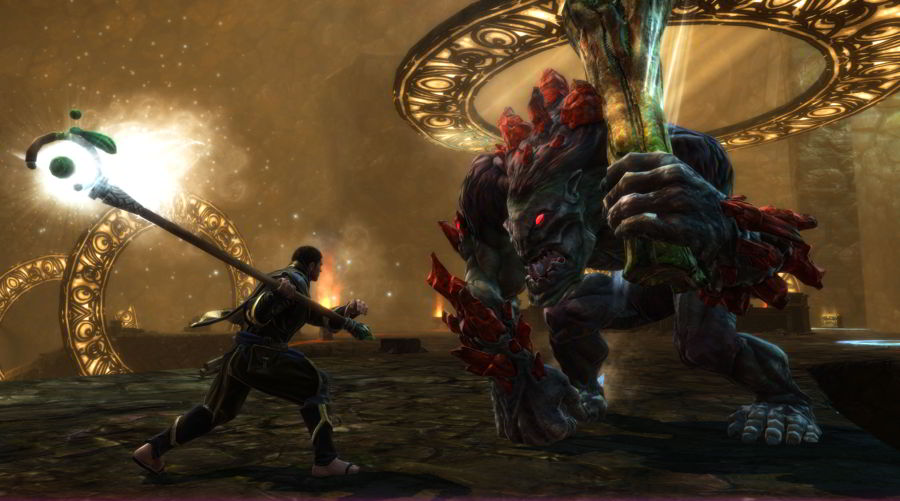


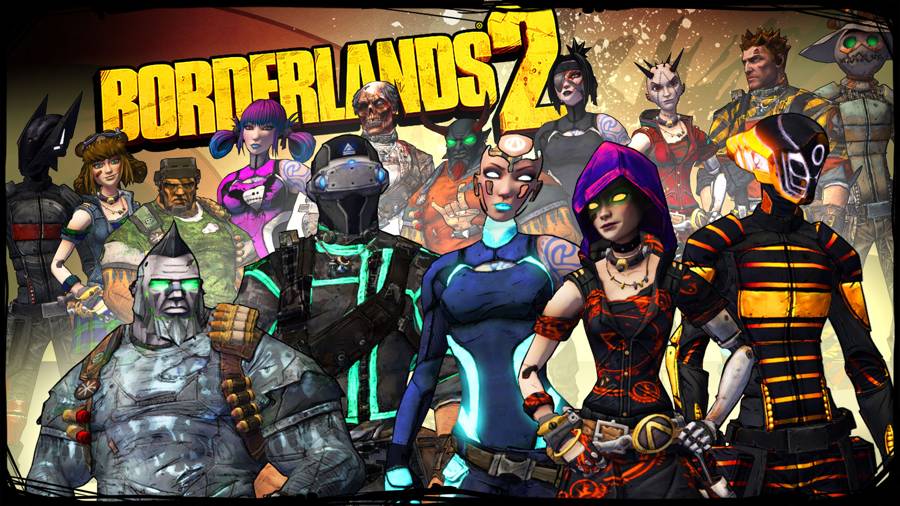
 Fallout 4: How SPECIAL attributes and Perks work
Fallout 4: How SPECIAL attributes and Perks work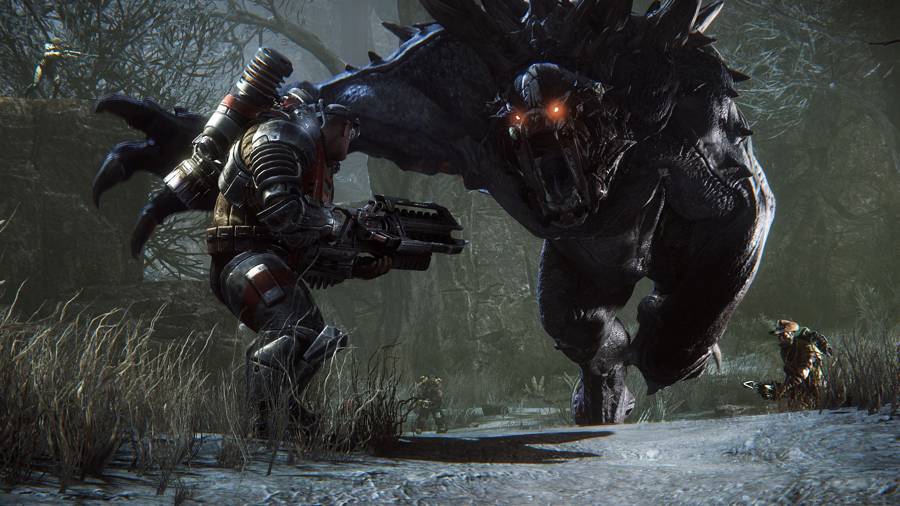 Evolve: Hunter Tips And Tricks
Evolve: Hunter Tips And Tricks Steam Series - Starbound
Steam Series - Starbound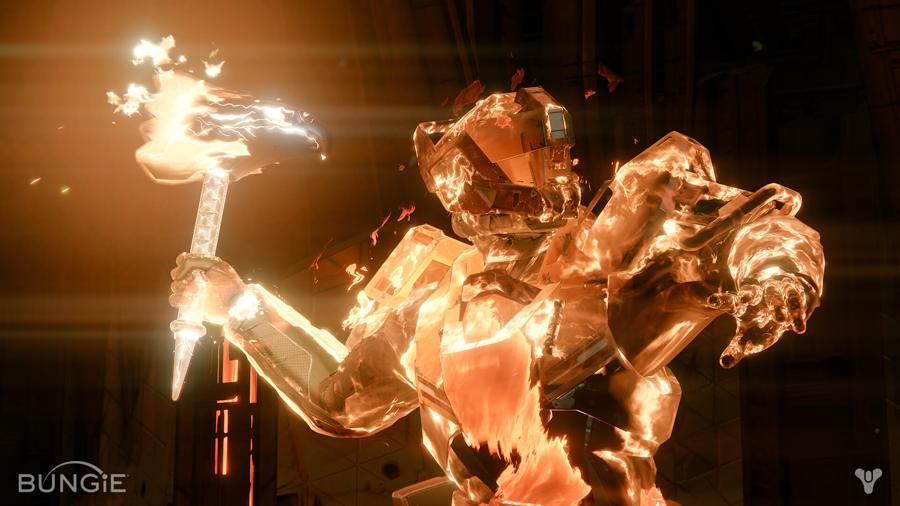 Destiny The Taken King Guide: Shattered Past Guide - Find All Calcified Fragments
Destiny The Taken King Guide: Shattered Past Guide - Find All Calcified Fragments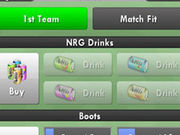 . Plays July 29, 2012
. Plays July 29, 2012